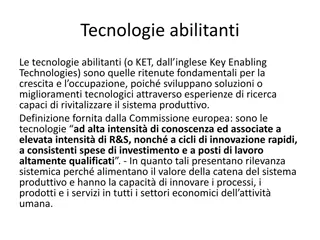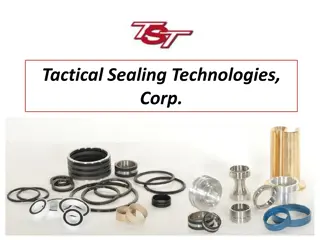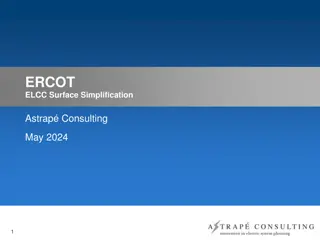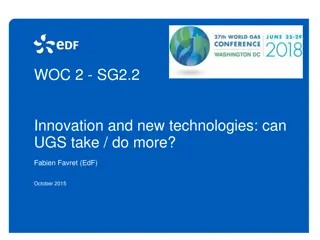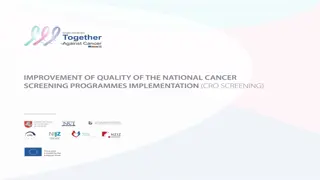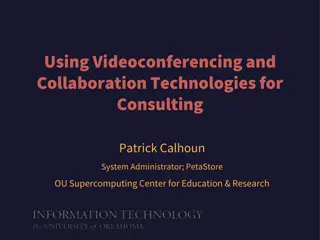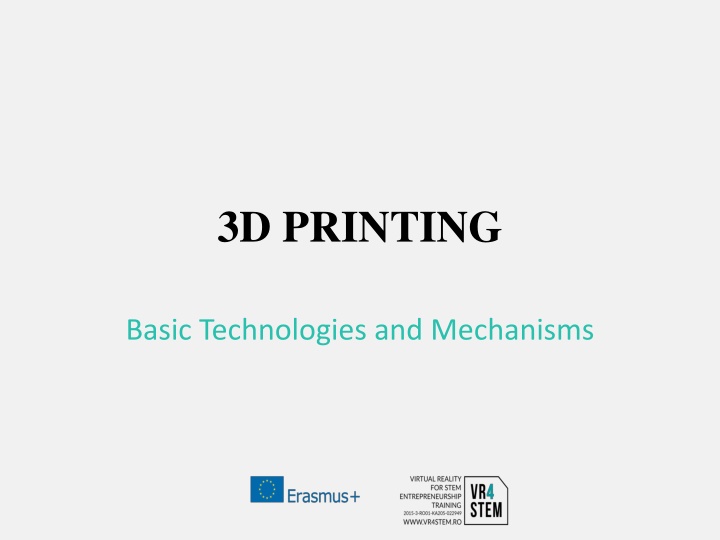
Exploring Advanced 3D Printing Technologies and Mechanisms
"Discover the fascinating world of 3D printing with technologies like Stereolithography, Digital Light Processing (DLP), Fused Deposition Modeling (FDM), Selective Laser Sintering (SLS), Selective Laser Melting (SLM), and Electronic Beam Melting (EBM). Learn how these methods revolutionize prototyping, manufacturing, and design processes with high-quality results."
Download Presentation

Please find below an Image/Link to download the presentation.
The content on the website is provided AS IS for your information and personal use only. It may not be sold, licensed, or shared on other websites without obtaining consent from the author. If you encounter any issues during the download, it is possible that the publisher has removed the file from their server.
You are allowed to download the files provided on this website for personal or commercial use, subject to the condition that they are used lawfully. All files are the property of their respective owners.
The content on the website is provided AS IS for your information and personal use only. It may not be sold, licensed, or shared on other websites without obtaining consent from the author.
E N D
Presentation Transcript
3D PRINTING Basic Technologies and Mechanisms
Stereolithography It is a 3d printing method that can be used to implement your projects that involve 3D printing of objects. Although this method is the oldest one in history of 3D printing it s still being used nowadays. The idea and application of this method are amazing. Whether you are a mechanical engineer, who needs to verify if the part can fit to your design, or creative person who wants to make a plastic prototype of new coming project, Stereolithography can help you to turn your models into a real 3D printed object. 2
Digital Light Processing(DLP) Digital Light Processing is another 3D Printing process very similar to stereolithography. The DLP technology was created in 1987 by Larry Hornbeck of Texas Instruments and became very popular in Projectors production. It uses digital micro mirrors laid out on a semiconductor chip. The technology is applicable for movie projectors, cell phones and 3D printing. 3
Fused deposition modeling (FDM) With help of FDM you can print not only functional prototypes, but also concept models and final end-use products. What is good about this technology that all parts printed with FDM can go in high-performance and engineering-grade thermoplastic, which is very beneficial for mechanic engineers and manufactures. FDM is the only 3D printing technology that builds parts with production-grade thermoplastics, so things printed are of excellent mechanical, thermal and chemical qualities. 4
Selective Laser Sintering (SLS) Selective Laser Sintering (SLS) is a technique that uses laser as power source to form solid 3D objects. The main difference between SLS and SLA is that it uses powdered material in the vat instead of liquid resin as stereolithography does. 5
Selective laser melting (SLM) Selective laser melting (SLM) is a technique that also uses 3D CAD data as a source and forms 3D object by means of a high-power laser beam that fuses and melts metallic powders together. In many sources SLM is considered to be a subcategory of selective laser sintering (SLS). 6
Electronic Beam Melting (EBM) EBM is another type of additive manufacturing for metal parts. The same as SLM, this 3d printing method is a powder bed fusion technique. While SLM uses high-power laser beam as its power source, EBM uses an electron beam instead, which is the main difference between these two methods. The rest of the processes is pretty similar. 7
Laminated Object Manufacturing (LOM) Laminated object manufacturing (LOM) is one more rapid prototyping system. During the LOM process, layers of adhesive-coated paper, plastic or metal laminates are fused together using heat and pressure and then cut to shape with a computer controlled laser or knife. Post-processing of 3D printed parts includes such steps as machining and drilling. 8



